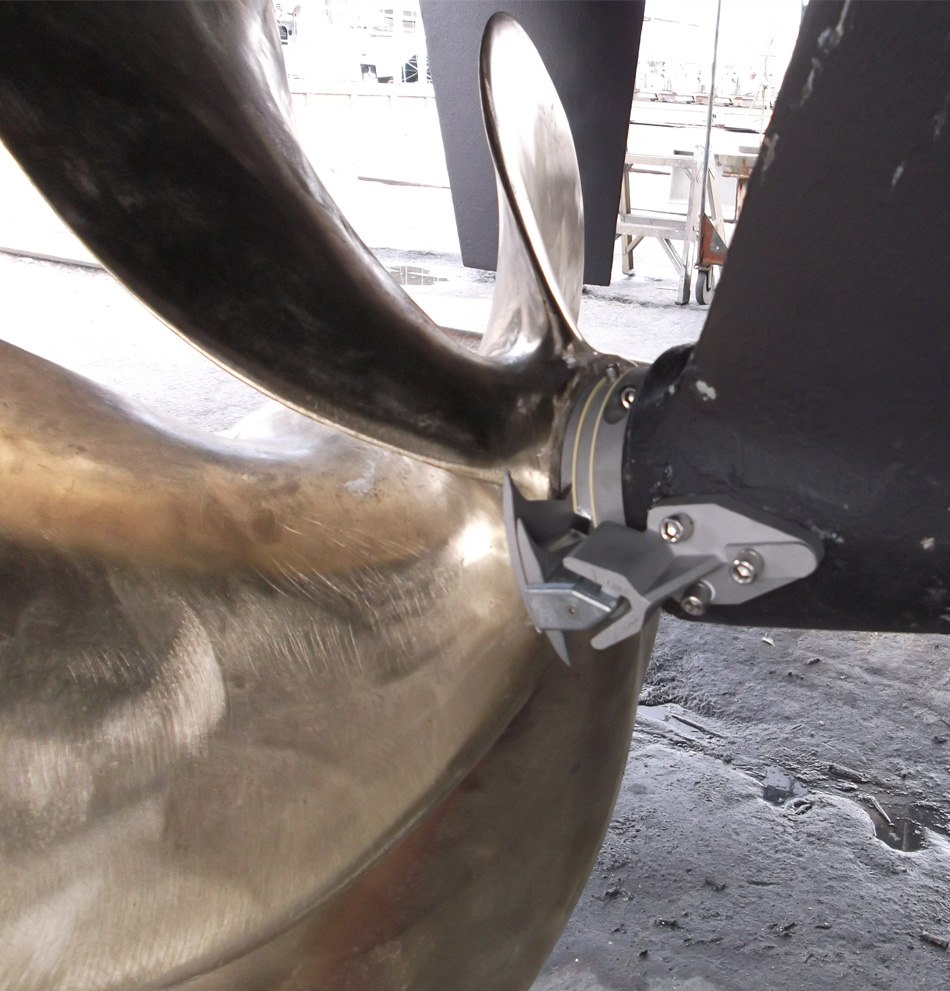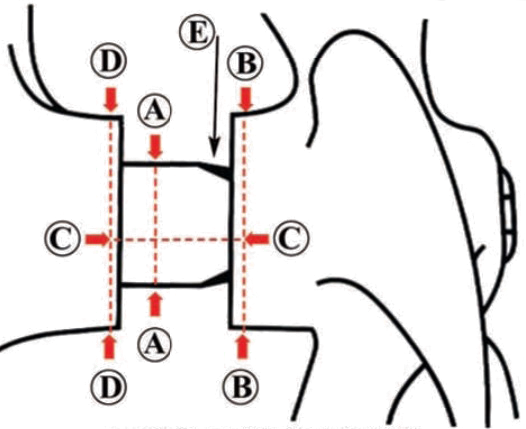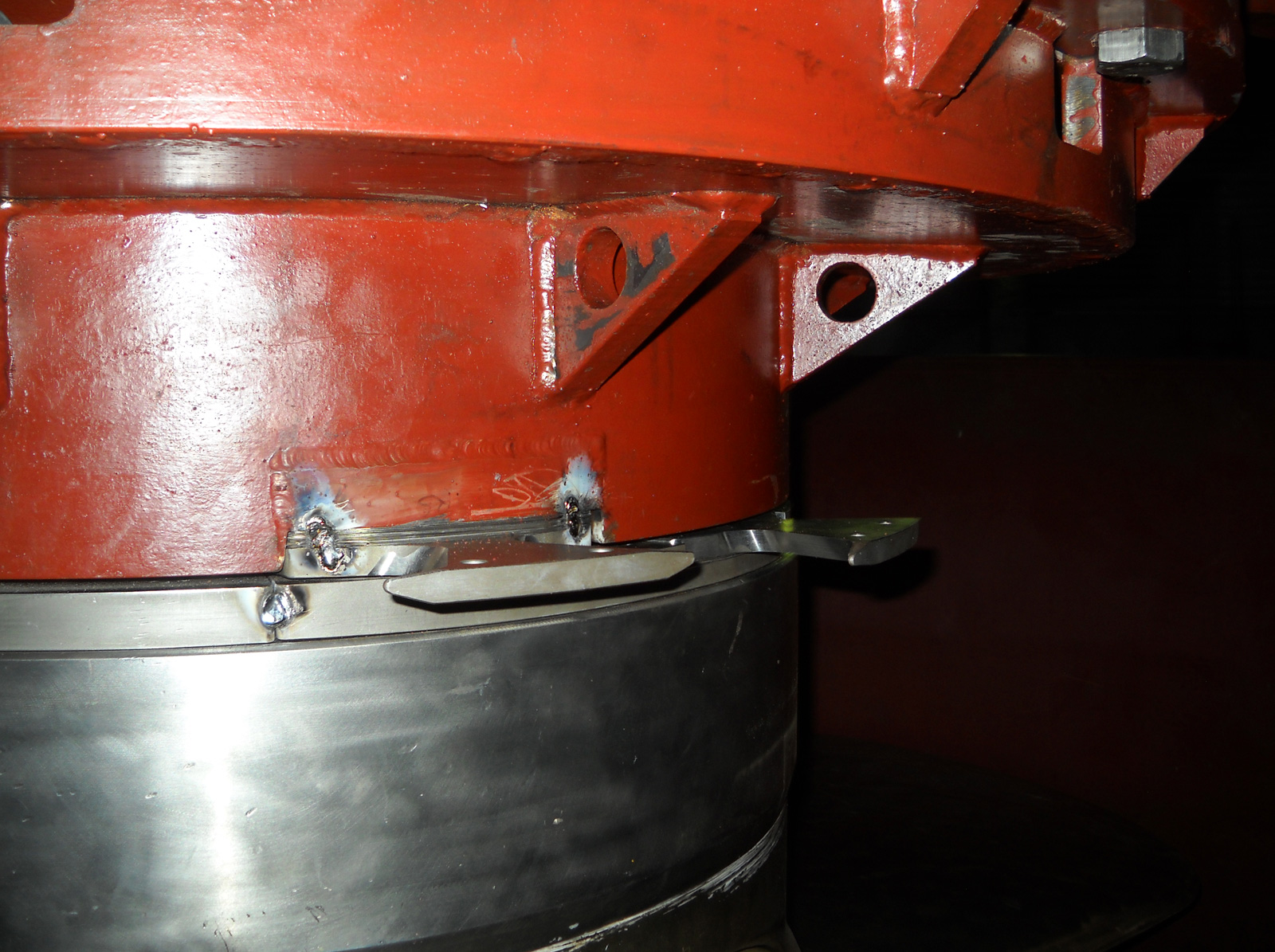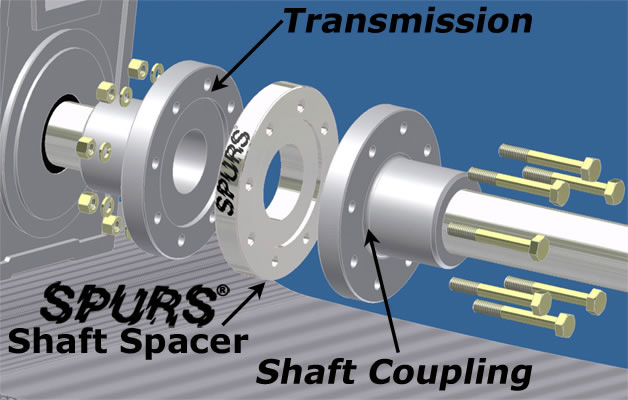These include cutting systems for propellers, seals and bearings that protect vessels from entanglement and blockages. They are used to cut lines, nets and seaweed, etc. We have specific cutters for each of these elements affecting the boat.
The blades of the rotary and stationary cutters are made of stainless steel with special treatment that allows them to achieve a hardness of approximately Rockwell C 45. This very high hardness gives the cutters stable behaviour in this respect as well as the ability to work in salt water without problems of electrolysis because of anodic protection. Hardness is absolutely essential since from time to time the ship will encounter hooks and steel cables of greater or lesser size.
We have several designs of cutter:

The cutters mounted on the shaft are available for shaft diameter (Ø) sizes from 19 mm to 255 mm and can be used for propellers with diameters (Ø) from approximately 45 mm to 350 mm. Within this range of cutters mounted on the shaft there are different models depending on the diameters of the shafts and of the propeller hubs.
¿Do you want to know what data you have to take into account to know which cutter to choose? It is the following:

If this is still not clear, please do not hesitate to contact us.
Although the concept is simple, the technology that ensures that they function correctly for many thousands of miles is extremely sophisticated in terms of design, materials and precision.
It consists of two main assemblies. One or more rotary cutting blades are fixed on the boat’s propeller shaft and a stationary blade is fixed on the rope guard. The Spurs cutter takes advantage of the movement of the propeller as a force of inertia for cutting. The cutting force increases proportionally to the resistance encountered by the stationary cutter.


These are components that are installed between the transmission and shaft flange to extend it. They are used when extra shaft length is necessary. For example, reinstallation of transmitters or motors, installation of cutters or to align the propeller.